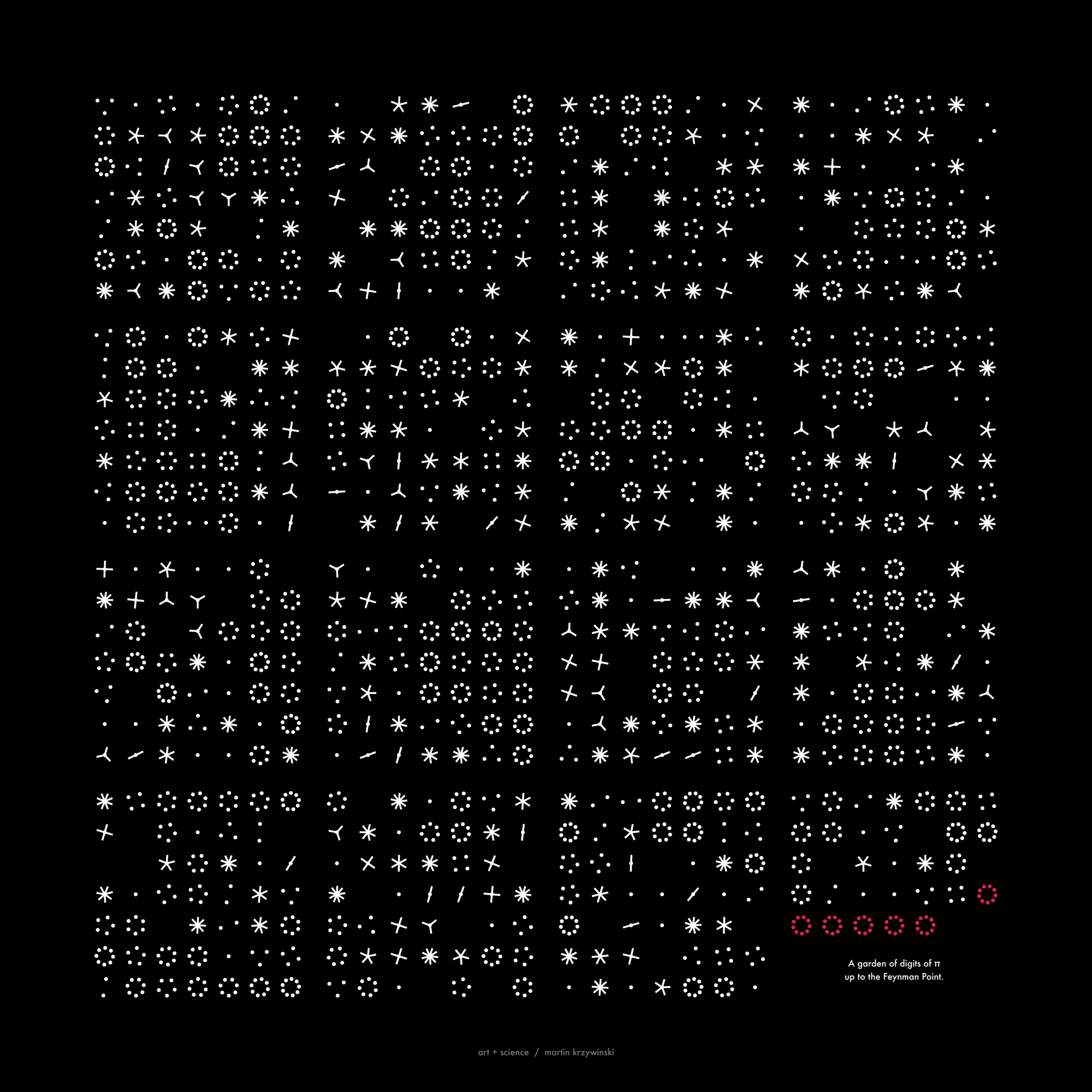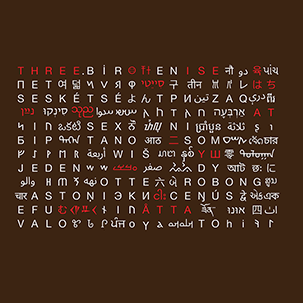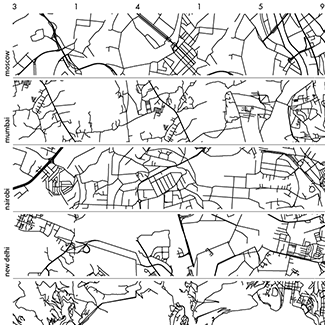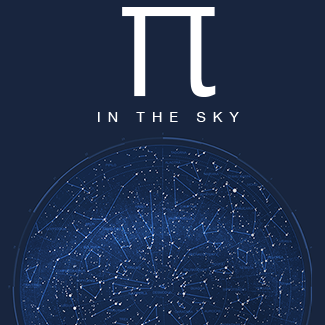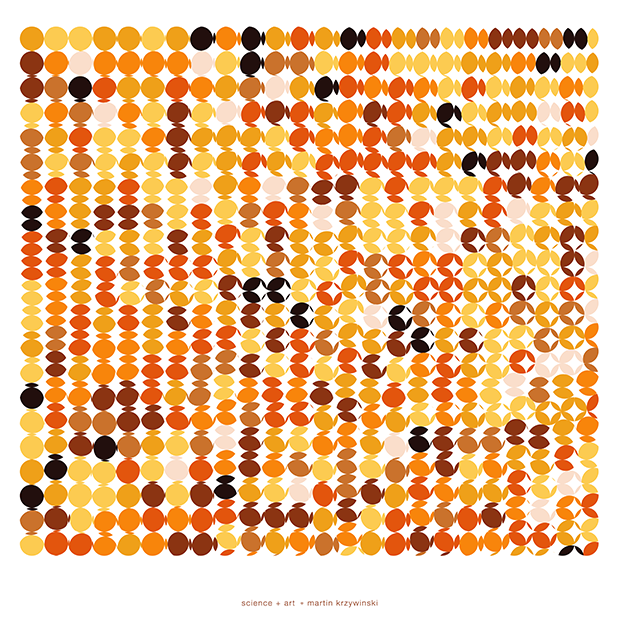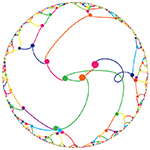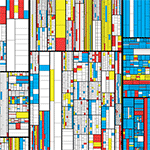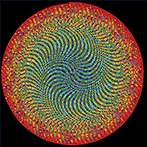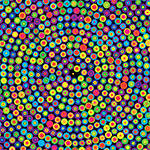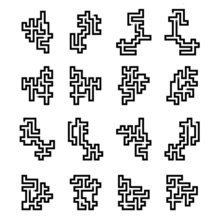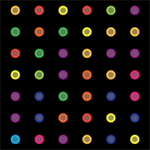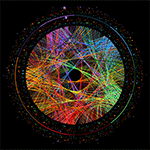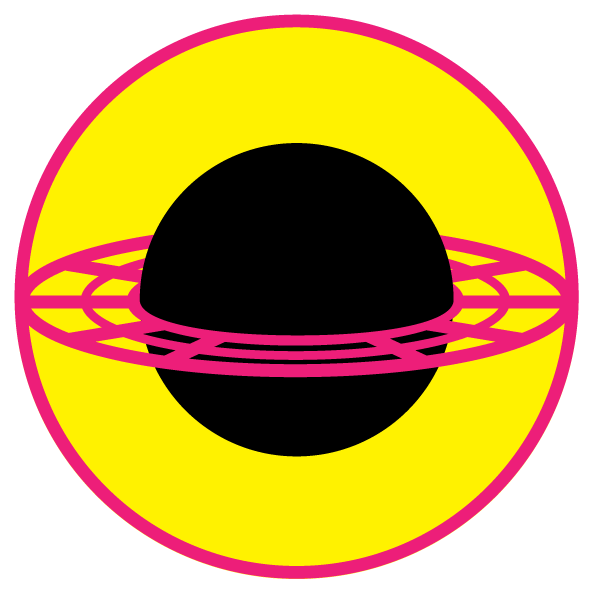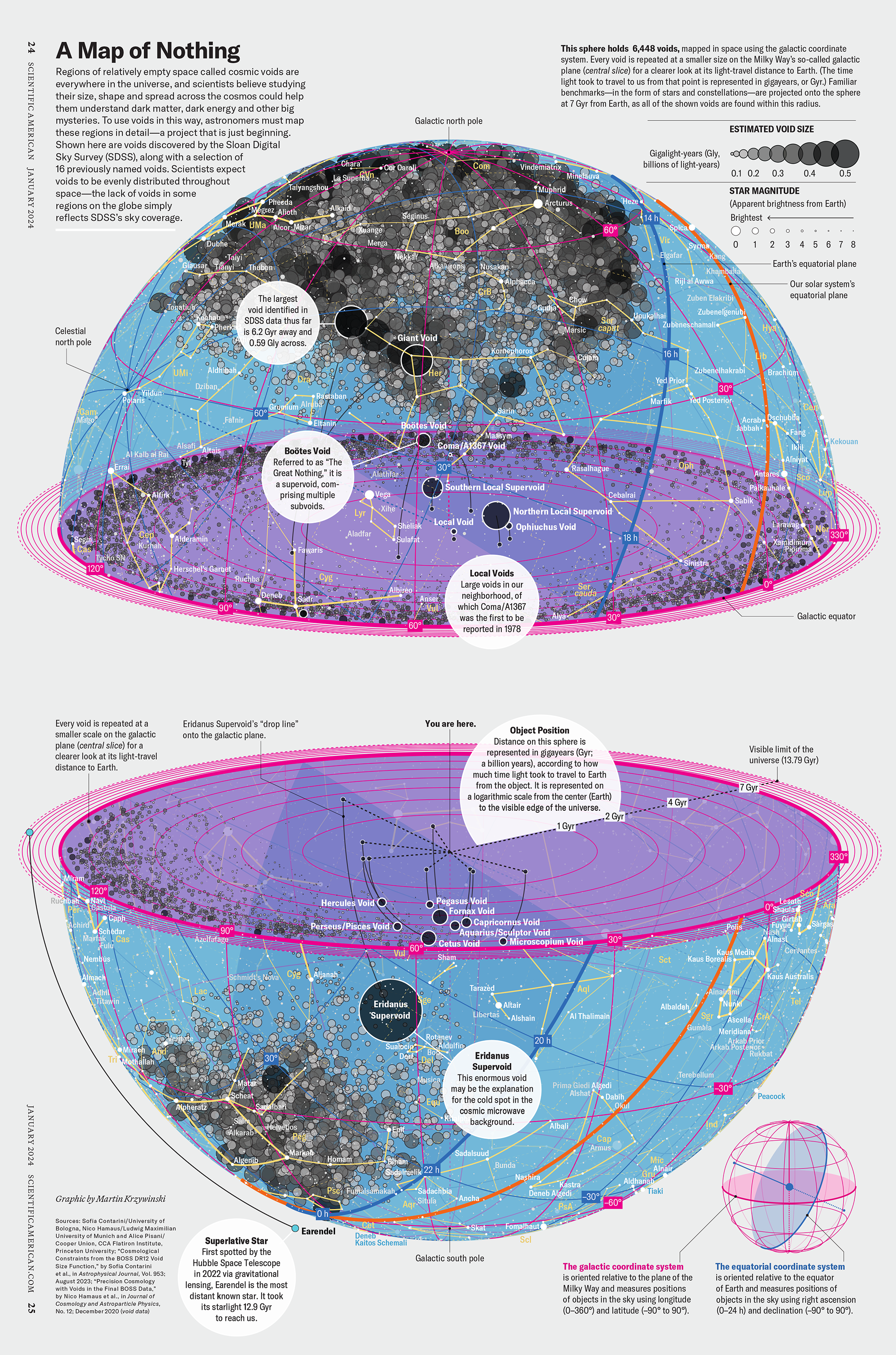`\pi` Day 2017 Art Posters - Star charts and extinct animals and plants
On March 14th celebrate `\pi` Day. Hug `\pi`—find a way to do it.
For those who favour `\tau=2\pi` will have to postpone celebrations until July 26th. That's what you get for thinking that `\pi` is wrong. I sympathize with this position and have `\tau` day art too!
If you're not into details, you may opt to party on July 22nd, which is `\pi` approximation day (`\pi` ≈ 22/7). It's 20% more accurate that the official `\pi` day!
Finally, if you believe that `\pi = 3`, you should read why `\pi` is not equal to 3.
Caelum non animum mutant qui trans mare currunt.
—Horace
This year: creatures that don't exist, but once did, in the skies.
This year's `\pi` day song is Exploration by Karminsky Experience Inc. Why? Because "you never know what you'll find on an exploration".
create myths and contribute!
Want to contribute to the mythology behind the constellations in the `\pi` in the sky? Many already have a story, but others still need one. Please submit your stories!
This year's `\pi` day art goes to space and there finds creatures that once called Earth home.
Well, I don't know if they called it home—at least a few thought it was a terribly inhospitable. All thought it was unforgivingly Darwinian.
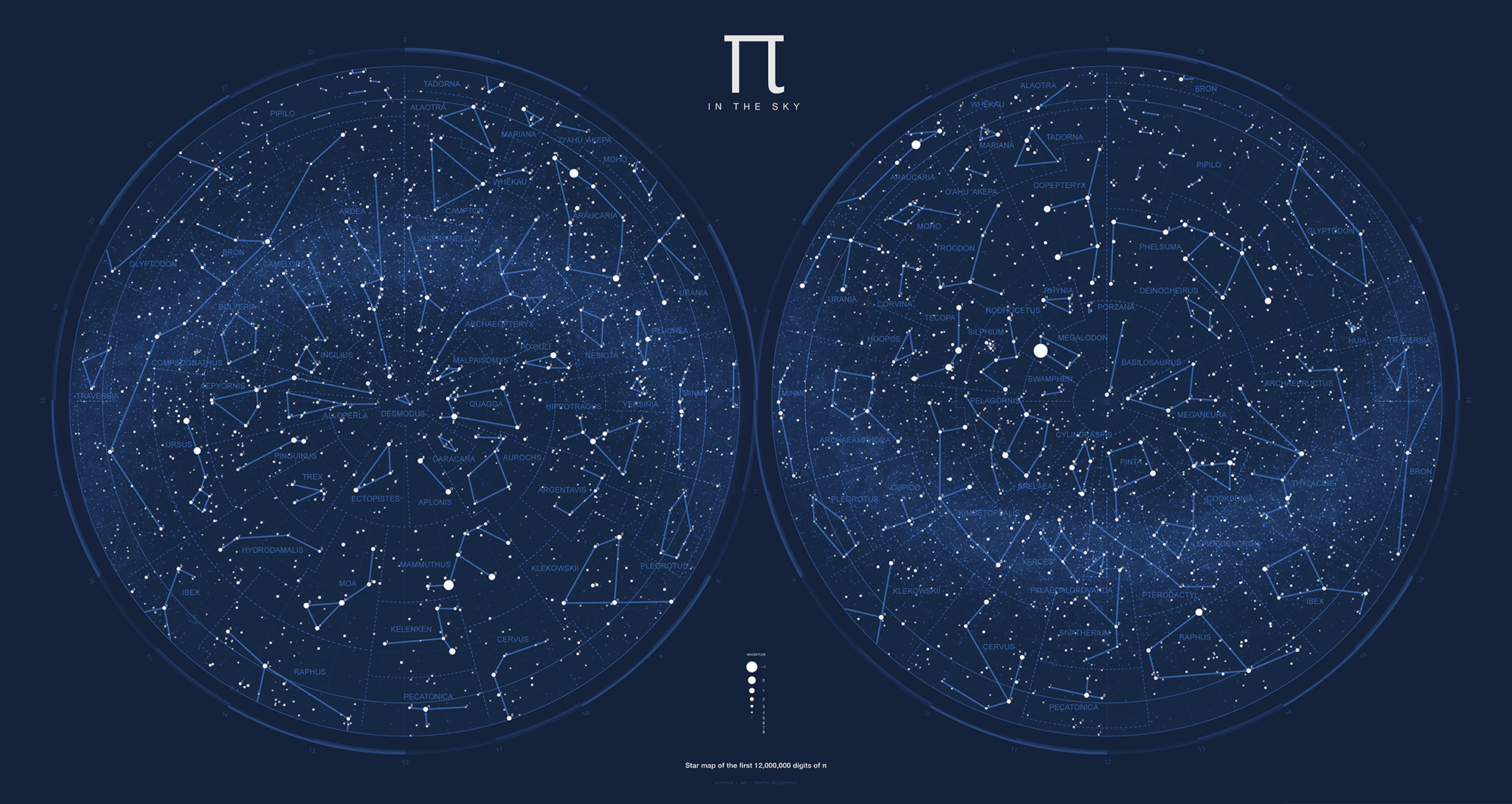 buy artwork
buy artwork
the digits of `\pi` as a star catalogue
I asked the question: what happens if you interpret the digits of `\pi` as a catalogue of stars? What would the patterns in the sky look like? And, would they have stories? A couple of weeks later—and a few adventures down the rabbit holes of topographical projections—I found the answer.
The digits of Pi are interpreted as a star catalogue. Starting from the beginning of `\pi`, each block of 12 digits is taken to be the `(x, y, z)` coordinates of a star and its absolute magnitude, which defines its brightness at a fixed distance. After sampling 12 million digits, which yields 1,000,000 stars, the stars are projected onto the celestial sphere to generate longitude and latitude coordinates from the perspective of an observer who is placed at center of the stars. The distance to the star is used to calculate the apparent magnitude—how bright it will appear on the sky chart.
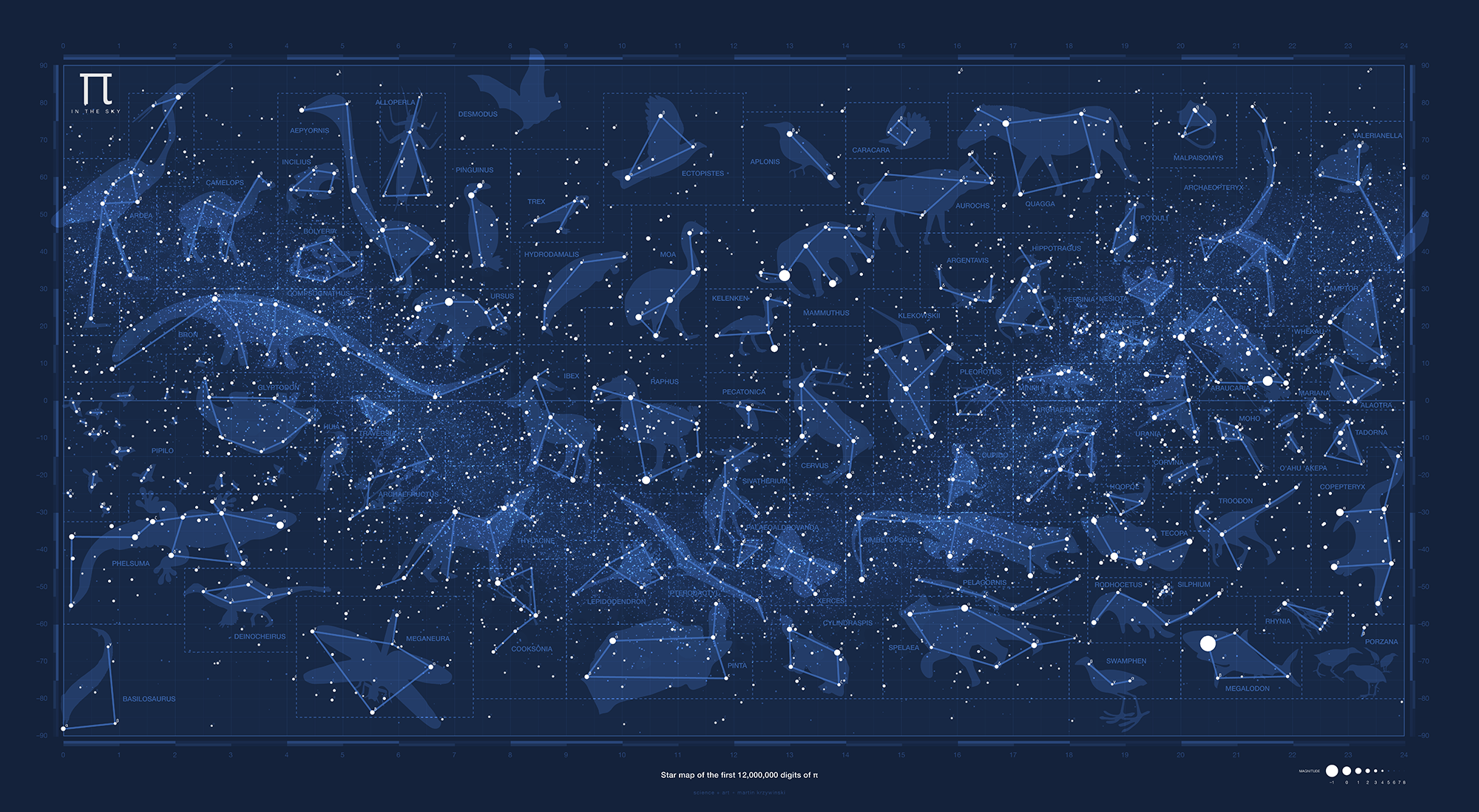 buy artwork
buy artwork
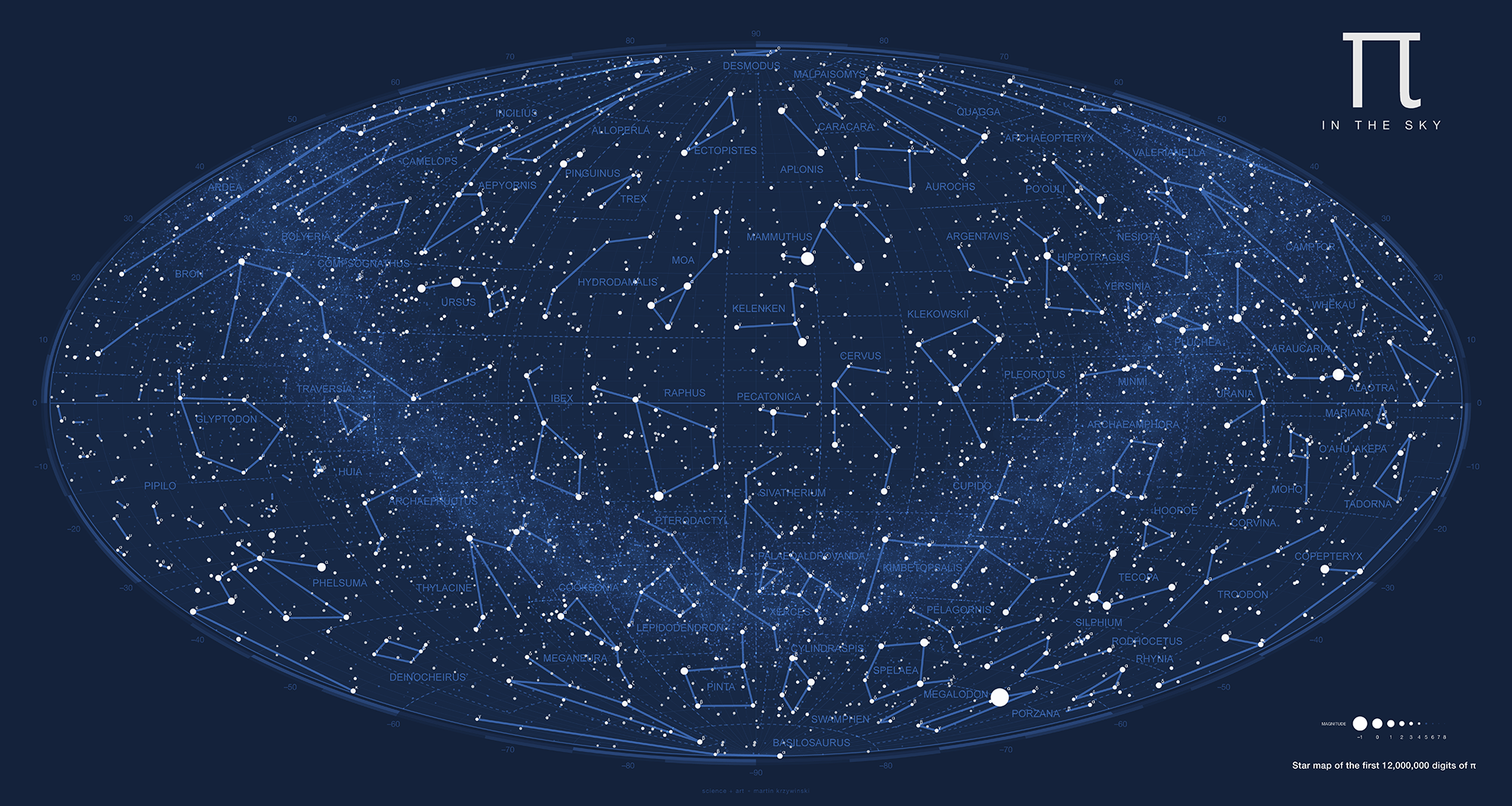 buy artwork
buy artwork
Of course, a star chart would not be complete without constellations. While the digits of `\pi` are taken to be a universal catalog of stars, it is up to the observer to subjectively interpret the patterns and find stories in the sky. Among the 40,000 stars drawn in the chart, 80 extinct species are honored as constellations—creatures range across time periods and geographical location and play together in the sky. And much like the constellations that you might have seen in the real sky (the hunter Orion and winged-horse Pegasus) the `\pi` in the sky patterns represent creatures that do not exist.
The twist? They all once did!
chart variations
Charts are available in blue, black and white and sepia.
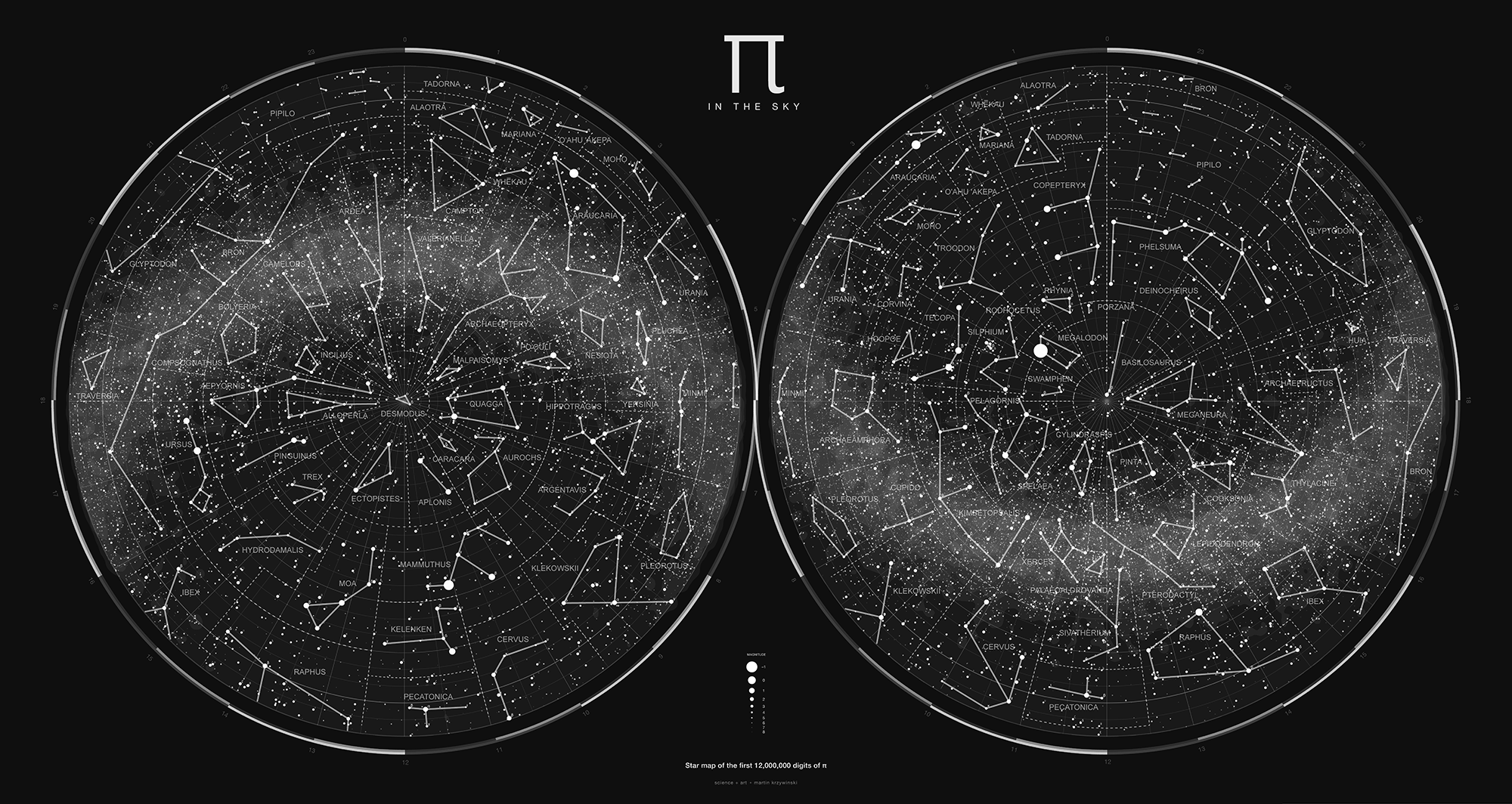 buy artwork
buy artwork
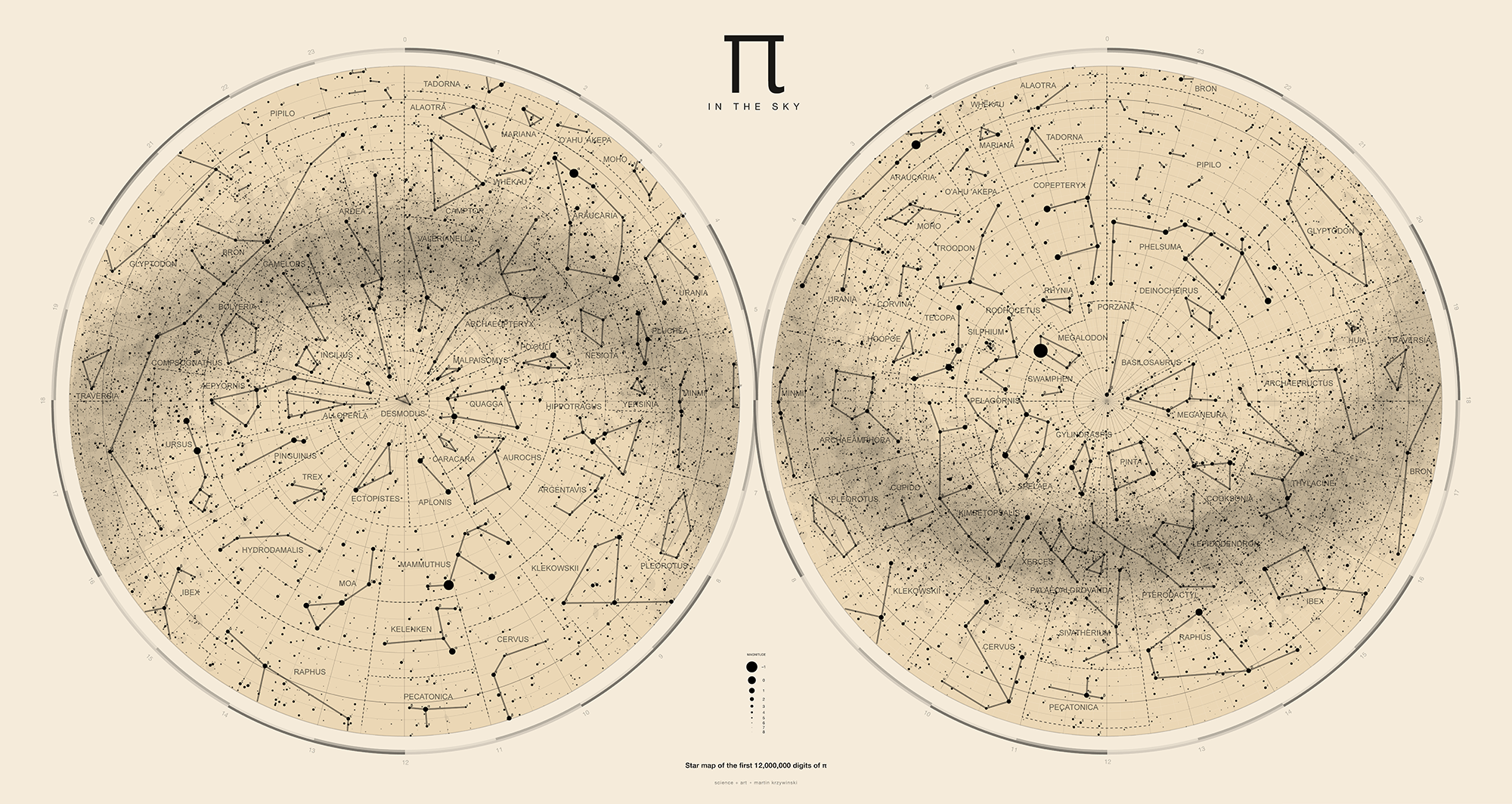 buy artwork
buy artwork
stories in the sky
There are indeed stories in the sky and many of them haven't yet been told. Below are just some of them.
More stories are available in the details about each constellation. There, for each animal you can find the common name, Latin name, when it was extinct and a link to Wikipedia to learn more about the animal. Many have stories which they would love to share with you.
raphus — egg guardian extraordinaire
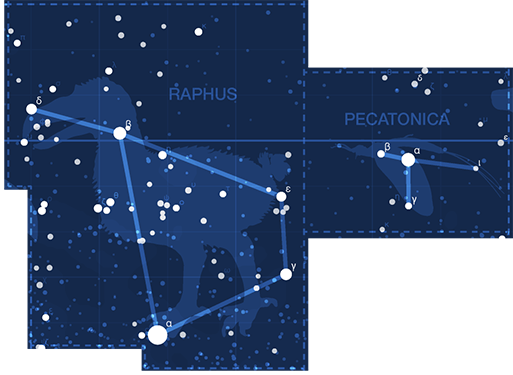
The Dodo bird (Raphus cucullatus) is vigilantly guarding his eggs—the clusters of stars just north of &alpha Raphus (the first brightest star in the constellation) and south of β Raphus (the second brightest star). He hardly seems to care about the pestering River Mayfly (Acanthometropus pecatonica), who is trying to draw his attention.
desmodus — nightly escape attempt
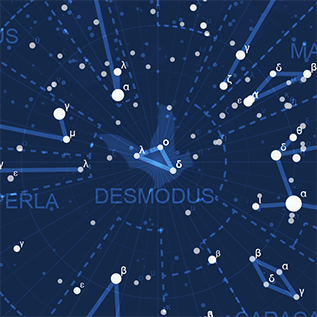
Desmodus, the giant vampire bat (Desmodus draculae) is said to be trying to escape the dome of the sky each night. You might see his shape fluttering up into the top of the northern hemisphere.
basilosaurus — chasing the light in the deep
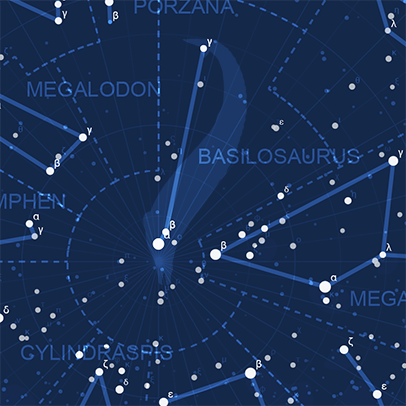
The king lizard Basilosaurus (Basilosaurus cetoides) dives deeper and deeper at the bottom of the south hemisphere, as he chases the light of the bright magnitude 1.8 star α Basilosaurus, which sits at the very bottom of the chart.
quagga and aurochs — figuring out the stripes
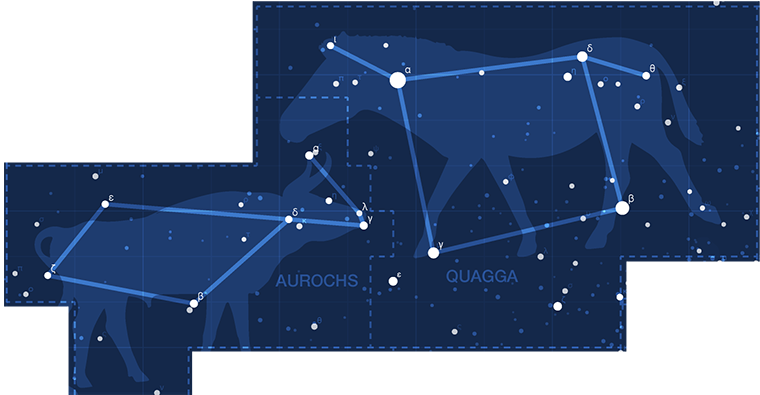
There is plenty of land mass in teh north, where huge creatures like the mammoth (Mammuthus primigenius), sturdy aurochs (Bos primigenius) and the comical Quagga (Equus quagga quagga) run again. The Quagga cannot figure out his stripes and is seen frequently talking to the Aurochs, seeking his advice about the predicament of his patterns.
megalodon, rodhocetus and tecopa — the terror and the terrorized
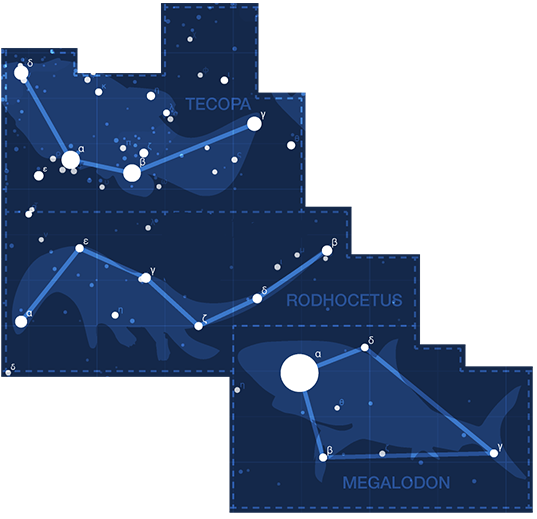
At the tip of the southern hemisphere drama unfolds as the monster shark Megalodon (Carcharodon megalodon) gives chase to the Tecopa pupfish (Cyprinodon nevadensis calidae) and Rodhocetus (Rodhocetus kasrani). Rodhocetus was an early whale that possessed land mammal characteristics and the story goes that he escaped Megalodon and lived out his life on the land, never returning to the sea.
camptor, mariana, alaotra and tadorna — I'm not a duck!
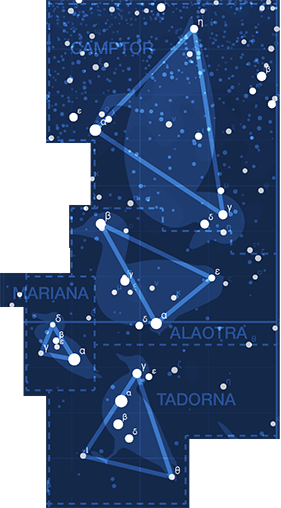
The south hemisphere also has plenty of calmer waters, where all manners of floating birds come for a swim and chat. These are represented by the triangular constellations of Camptor (Camptorhynchus labradorius, the Labrador duck), Alaotra grebe (Tachybaptus rufolavatus), Mariana mallard (Anas oustaleti) and the Korean crested shelduck (Tadorna cristata). Rumor has it Tadorna may have snuck into the sky without permission—while not seen since the 1960’s, some say the duck isn't actually extinct! Alaotra is frustrated that Tadorna seems to get all the attention. Often confused for a duck, Alaotra would love you to know that she's in fact a grebe. She's very proud of this fact, despite of being prone to falls due to some biomechanical issues having to do with foot placement.
yersinia — don't come close

Don't let Yersinia's small size fool you. The Black Death (Yersinia pestis) may be the smallest creature in the sky, but she'll liquify your insides before you can memorize the 80 constellations. Perhaps out of all the creatures in the sky, this is the one we're happy to see go. But, because it's small, you can never be quite sure Yersinia isn't extinct but merely hiding. Or waiting.
pipilo — flocking across
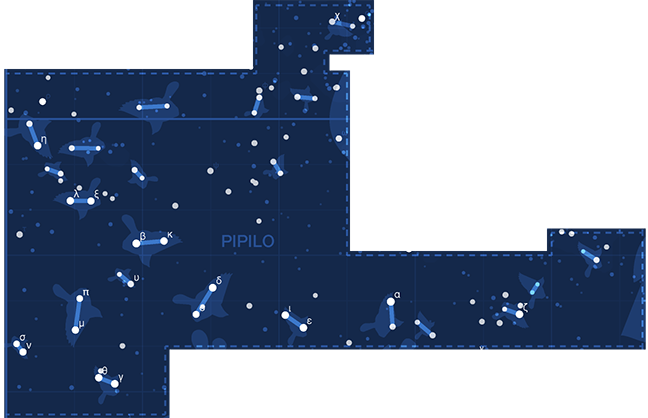
Pipilo is a rare flocking constellation and breaks the rule that a constellation should be a single connected component. Its stars are connected a loose pattern of pairs and show a flock of Bermuda towhees (Pipilo naufragus) crossing from the north to south hemispheres.
o'ahu 'akepa — two is such a lonely number
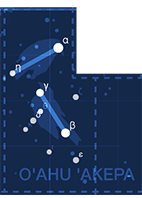
Like Pipilo, the O'ahu 'akepa (Loxops wolstenholmei) is the only other multi-part constellation. Here, a pair of akepas are chatting and spreading rumors that Tadorna isn't actually extinct.
bron and compsognathus — big brothers and little friends

It's hard to be bigger than Bron (Brontosaurus excelsus), who must pay great attention not to step on his frolicking friend Compsognathus (Compsognathus longipes), who seeks to find protection in Bron's shadow. Some believe that if Bron stretches his neck, he can look above the sky!
pinta and cylindraspis — a friend for the end of the earth
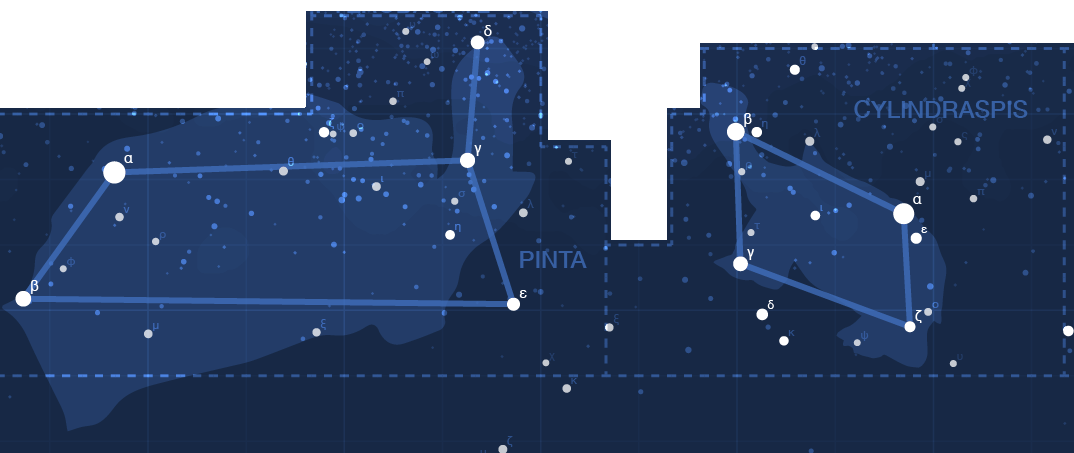
Ever since Cylindraspis (Cylindraspis indica) heard that Pinta (Chelonoidis abingdonii) was the last of his kind, he decided to keep him company. They can be seen going for a very slow walk at the bottom of the sky, kept their by their heavy shells. The last Pinta—a turtle named Lonesome George—died in 2012.
xerces and Palaeoaldrovanda — flying flowers and hungry flowers
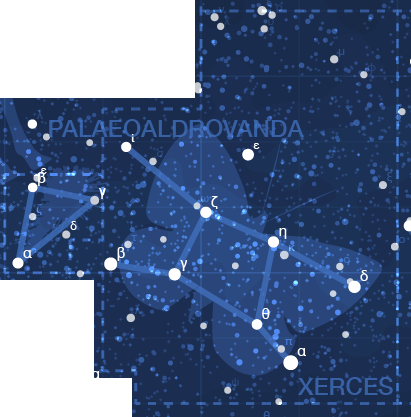
Xerces (Glaucopsyche xerces) is the only thing that is more brilliant than the blue sky itself. Some say that butterflies are flying flowers and Xerces is never seen far from Palaeoaldrovanda. He must be careful though. Rumor has it Palaeoaldrovanda was related to the carnivorous plant genus Aldrovanda! Nobody wants to take that chance.
araucaria — shelter for flying customers
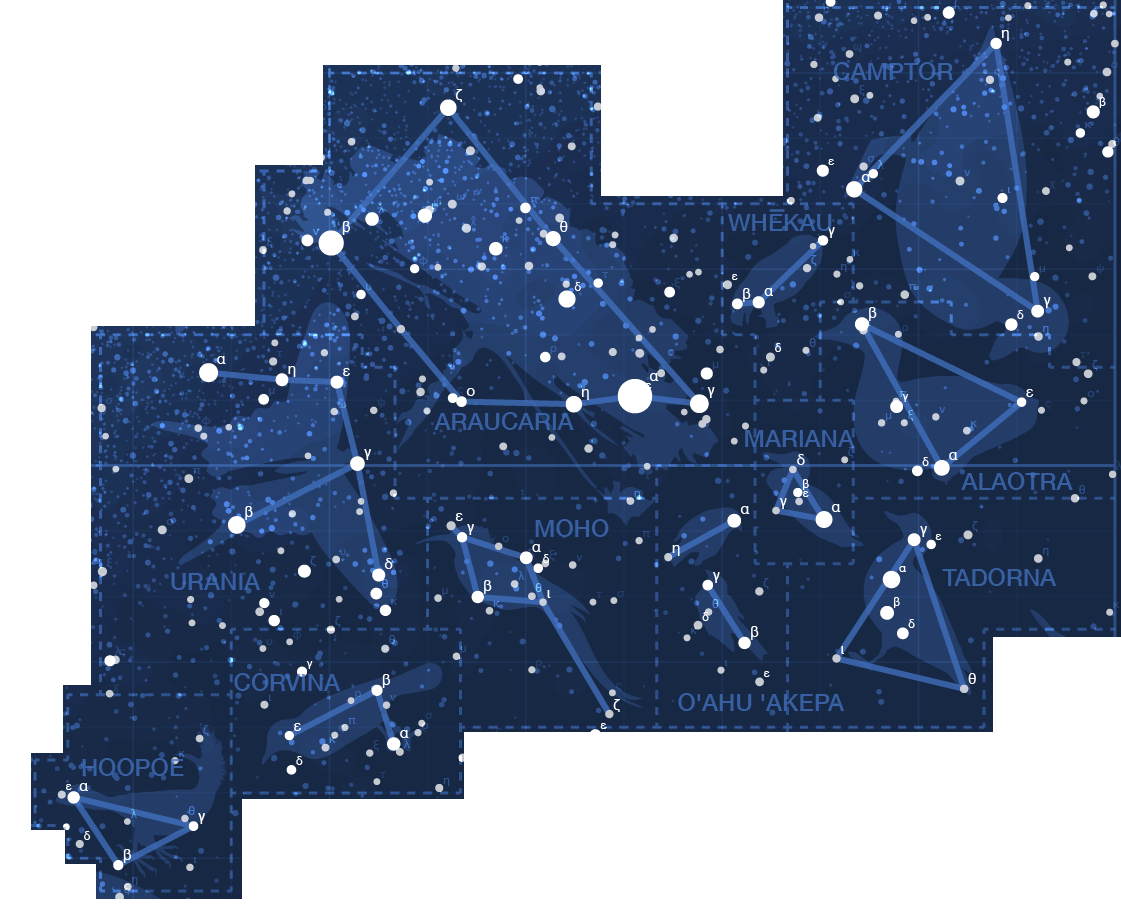
Xerces (Glaucopsyche xerces) is the only thing that is more brilliant than the blue sky itself. Some say that butterflies are flying flowers and Xerces is never seen far from Palaeoaldrovanda. He must be careful though. Rumor has it Palaeoaldrovanda was related to the carnivorous plant genus Aldrovanda! Nobody wants to take that chance.
araucaria — too large for the sky

Araucaria (Araucaria mirabilis) is truly a marvel and it is too big to fit in the sky! The constellation only shows the canopy and does not include the tree trunk—which was known to reach a height of 100 m. Araucaria offers plenty of protection and has many flying friends all around, including Urania, Moho and WhĒkau. Just a little further are the ducks (and a grebe), Camptor, Mariana, Tadorna and Alaotra. They would love to visit Araucaria but worry that they are too heavy to perch on her branches.
ardea and aepyronis — who can see beyond the sky first?
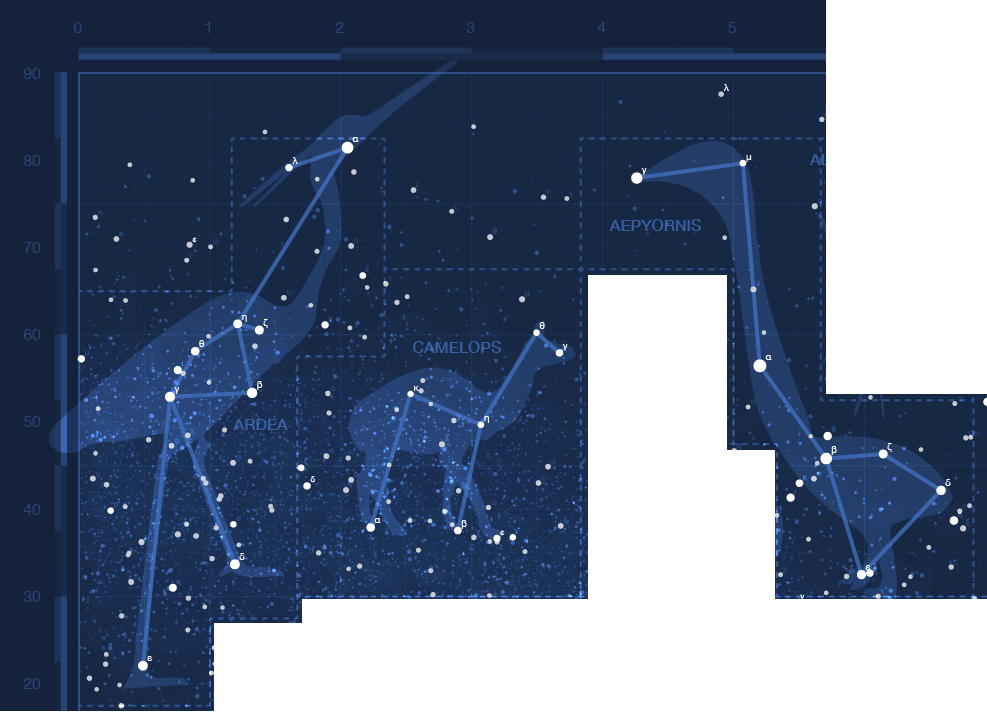
The story goes that Camelops (Camelops kansansus) played a joke on Ardea (Ardea bennuides) and Aepyronis (Aepyornis maximus). He said "You both have long necks. But who has the longest? The first who can stretch far enough and tell me what is beyond the sky wins." To this day, Both Ardea and Aepyronis are seen straining their necks trying to win the bet.
Nasa to send our human genome discs to the Moon
We'd like to say a ‘cosmic hello’: mathematics, culture, palaeontology, art and science, and ... human genomes.
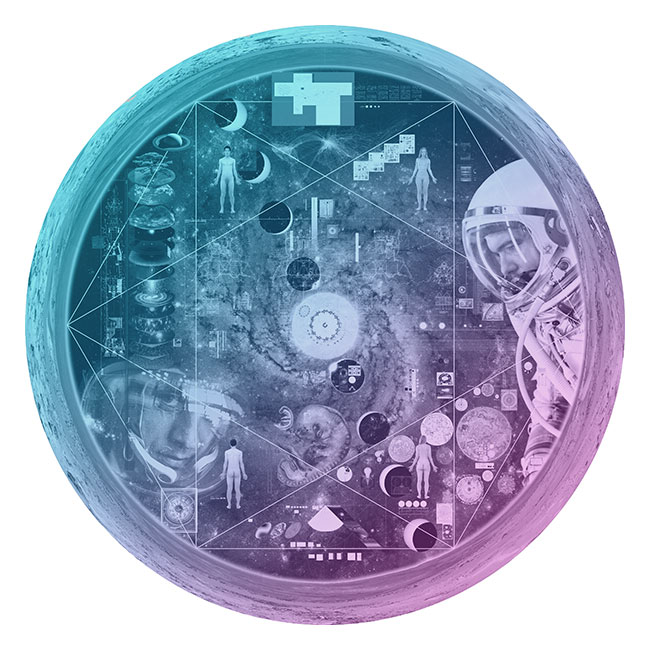


Comparing classifier performance with baselines
All animals are equal, but some animals are more equal than others. —George Orwell
This month, we will illustrate the importance of establishing a baseline performance level.
Baselines are typically generated independently for each dataset using very simple models. Their role is to set the minimum level of acceptable performance and help with comparing relative improvements in performance of other models.
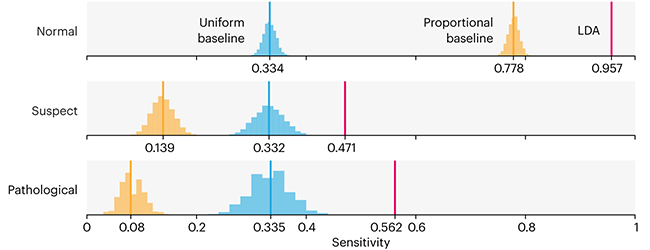
Unfortunately, baselines are often overlooked and, in the presence of a class imbalance5, must be established with care.
Megahed, F.M, Chen, Y-J., Jones-Farmer, A., Rigdon, S.E., Krzywinski, M. & Altman, N. (2024) Points of significance: Comparing classifier performance with baselines. Nat. Methods 20.
Happy 2024 π Day—
sunflowers ho!
Celebrate π Day (March 14th) and dig into the digit garden. Let's grow something.
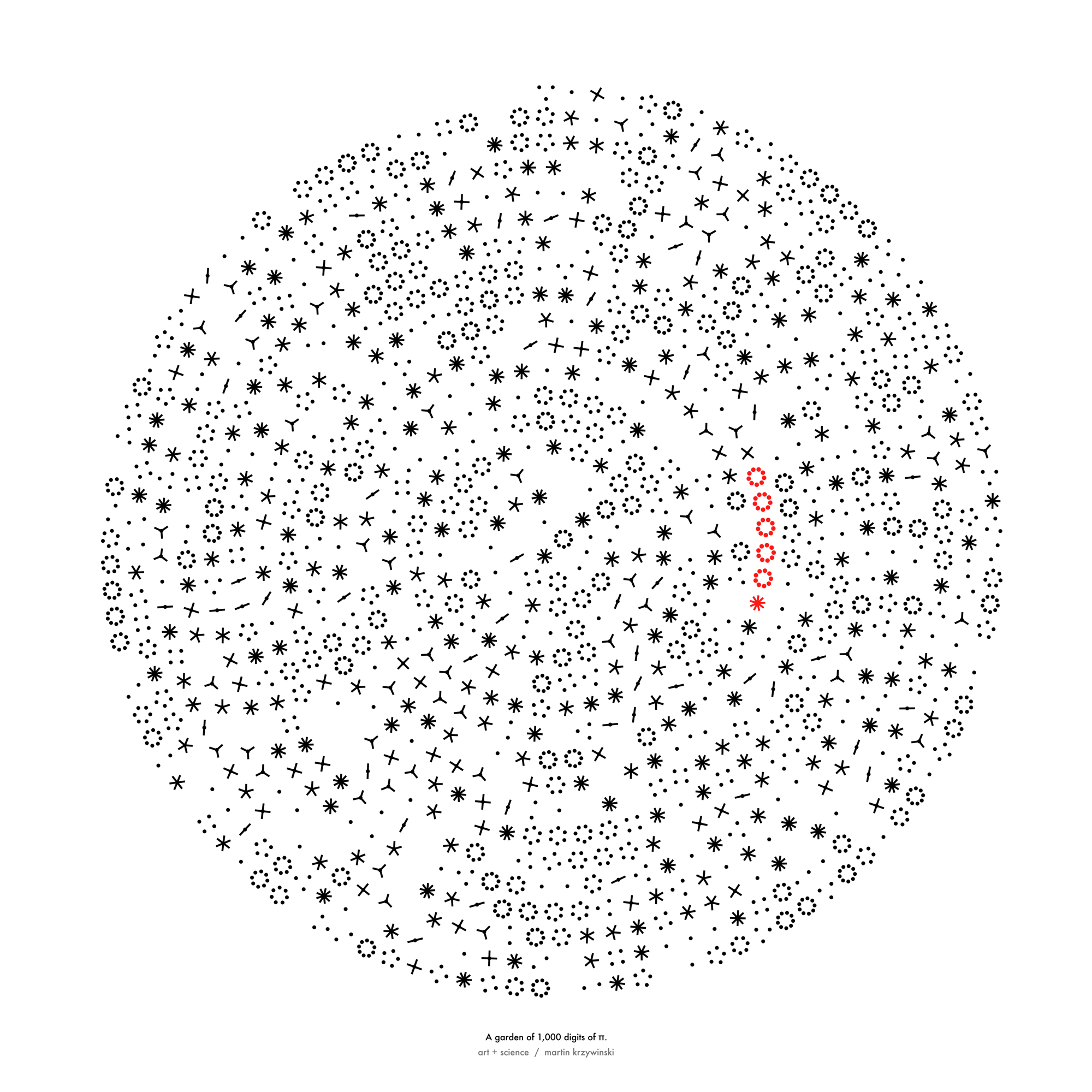
How Analyzing Cosmic Nothing Might Explain Everything
Huge empty areas of the universe called voids could help solve the greatest mysteries in the cosmos.
My graphic accompanying How Analyzing Cosmic Nothing Might Explain Everything in the January 2024 issue of Scientific American depicts the entire Universe in a two-page spread — full of nothing.
The graphic uses the latest data from SDSS 12 and is an update to my Superclusters and Voids poster.
Michael Lemonick (editor) explains on the graphic:
“Regions of relatively empty space called cosmic voids are everywhere in the universe, and scientists believe studying their size, shape and spread across the cosmos could help them understand dark matter, dark energy and other big mysteries.
To use voids in this way, astronomers must map these regions in detail—a project that is just beginning.
Shown here are voids discovered by the Sloan Digital Sky Survey (SDSS), along with a selection of 16 previously named voids. Scientists expect voids to be evenly distributed throughout space—the lack of voids in some regions on the globe simply reflects SDSS’s sky coverage.”
voids
Sofia Contarini, Alice Pisani, Nico Hamaus, Federico Marulli Lauro Moscardini & Marco Baldi (2023) Cosmological Constraints from the BOSS DR12 Void Size Function Astrophysical Journal 953:46.
Nico Hamaus, Alice Pisani, Jin-Ah Choi, Guilhem Lavaux, Benjamin D. Wandelt & Jochen Weller (2020) Journal of Cosmology and Astroparticle Physics 2020:023.
Sloan Digital Sky Survey Data Release 12
Alan MacRobert (Sky & Telescope), Paulina Rowicka/Martin Krzywinski (revisions & Microscopium)
Hoffleit & Warren Jr. (1991) The Bright Star Catalog, 5th Revised Edition (Preliminary Version).
H0 = 67.4 km/(Mpc·s), Ωm = 0.315, Ωv = 0.685. Planck collaboration Planck 2018 results. VI. Cosmological parameters (2018).
constellation figures
stars
cosmology
Error in predictor variables
It is the mark of an educated mind to rest satisfied with the degree of precision that the nature of the subject admits and not to seek exactness where only an approximation is possible. —Aristotle
In regression, the predictors are (typically) assumed to have known values that are measured without error.
Practically, however, predictors are often measured with error. This has a profound (but predictable) effect on the estimates of relationships among variables – the so-called “error in variables” problem.
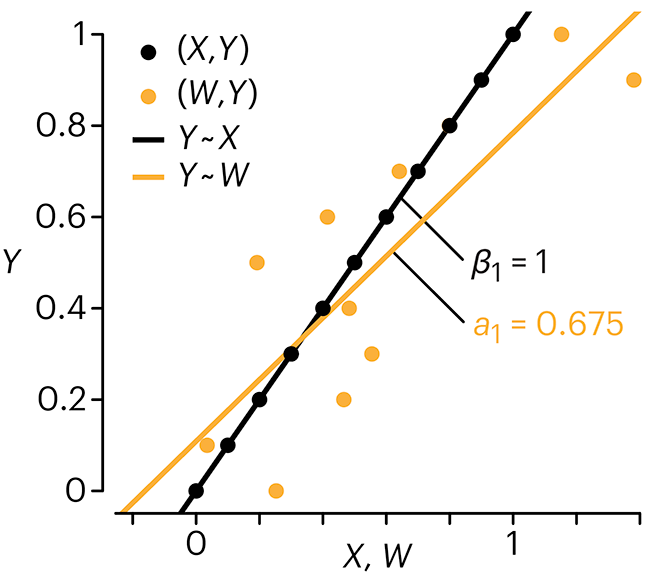
Error in measuring the predictors is often ignored. In this column, we discuss when ignoring this error is harmless and when it can lead to large bias that can leads us to miss important effects.
Altman, N. & Krzywinski, M. (2024) Points of significance: Error in predictor variables. Nat. Methods 20.
Background reading
Altman, N. & Krzywinski, M. (2015) Points of significance: Simple linear regression. Nat. Methods 12:999–1000.
Lever, J., Krzywinski, M. & Altman, N. (2016) Points of significance: Logistic regression. Nat. Methods 13:541–542 (2016).
Das, K., Krzywinski, M. & Altman, N. (2019) Points of significance: Quantile regression. Nat. Methods 16:451–452.
Convolutional neural networks
Nature uses only the longest threads to weave her patterns, so that each small piece of her fabric reveals the organization of the entire tapestry. – Richard Feynman
Following up on our Neural network primer column, this month we explore a different kind of network architecture: a convolutional network.
The convolutional network replaces the hidden layer of a fully connected network (FCN) with one or more filters (a kind of neuron that looks at the input within a narrow window).
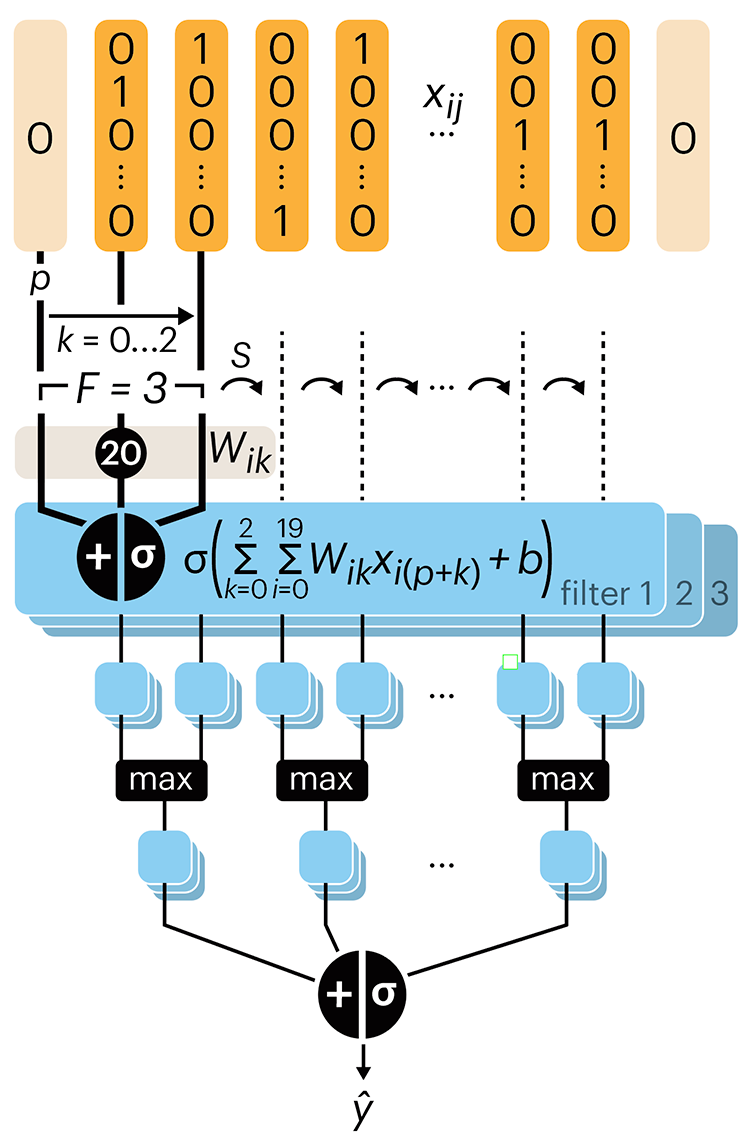
Even through convolutional networks have far fewer neurons that an FCN, they can perform substantially better for certain kinds of problems, such as sequence motif detection.
Derry, A., Krzywinski, M & Altman, N. (2023) Points of significance: Convolutional neural networks. Nature Methods 20:1269–1270.
Background reading
Derry, A., Krzywinski, M. & Altman, N. (2023) Points of significance: Neural network primer. Nature Methods 20:165–167.
Lever, J., Krzywinski, M. & Altman, N. (2016) Points of significance: Logistic regression. Nature Methods 13:541–542.

